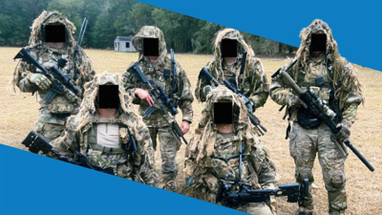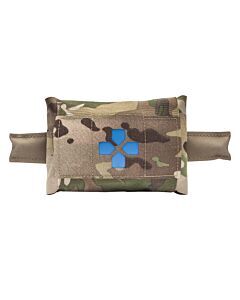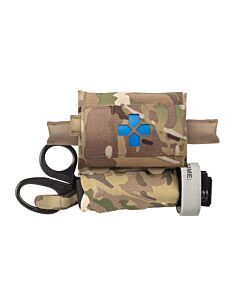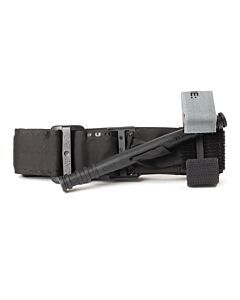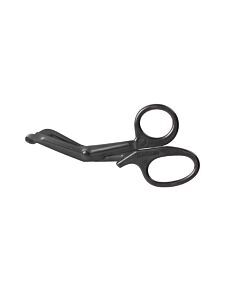Nov 4th 2024
BETWEEN 2 TARGETS™
Behind the Gear: How a Ranger's Battlefield Experience Shapes Success
Always Better® | November 6th, 2024
In this insightful interview, Army veteran Michael "Maz" Masseria shares his journey from military service to his current role at Blue Force Gear. Maz talks about how his time with the 75th Ranger Regiment shaped his work ethic, values, and commitment to excellence. Viewers will hear firsthand experiences of how innovative gear can impact mission success, the importance of adapting equipment to real-world needs, and how Maz's personal story comes full circle as he now helps develop life-saving medical gear for the next generation. He highlights the Micro Trauma Kit NOW! as a compact, essential tool that has proven itself in critical situations. Watch to gain unique insights into how military principles drive both personal growth and professional innovation at Blue Force Gear.
Watch The Video Now
Life Saving Medical Gear
|
Micro Trauma Kit NOW! - Complete Kits $96.95 |
$17.95 |
|
Combat Application Tourniquet (C-A-T) $34.95 |
$6.99 |
About Chris Sizelove
Chris Sizelove is a retired Master Sergeant who had a distinguished career in the U.S. Army. Joining in 1999, he served in various capacities in the elite 75th Ranger Regiment spanning across the 2nd, 3rd, and 1st Battalions. His extensive service includes roles as a Pre-Ranger Instructor and a pivotal participant in forming the Regimental Special Troops Battalion (RSTB). Sizelove also held the elite position of Master Breacher of the Regiment and later transitioned to roles in the Defense Intelligence Agency.
About Blue Force Gear®
BFG, headquartered in Pooler, Georgia, has been a trusted name in professional-grade gear and accessories for two decades. Their commitment to excellence, innovative designs, and use of premium materials have made them a favorite among military, law enforcement, and recreational shooters worldwide.
Press Contact
PR Contact: Marketing@blueforcegear.com
Sales and Dealer Contact: Sales@blueforcegear.com

